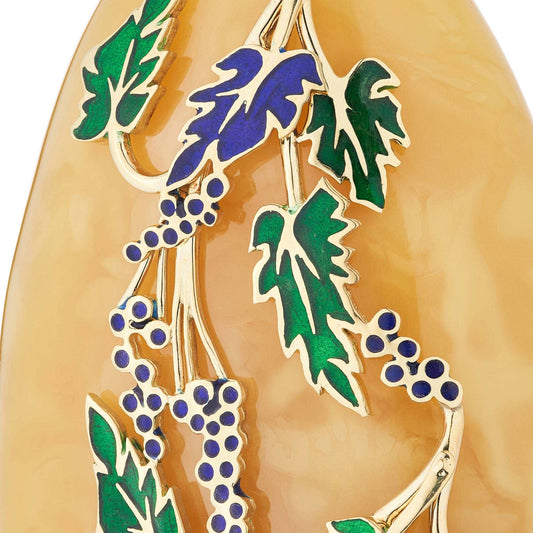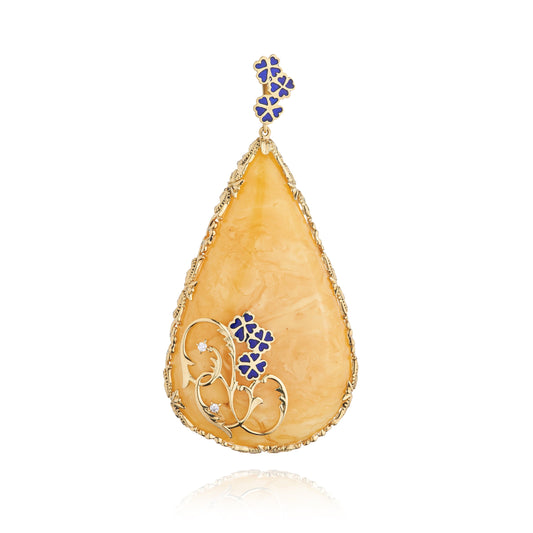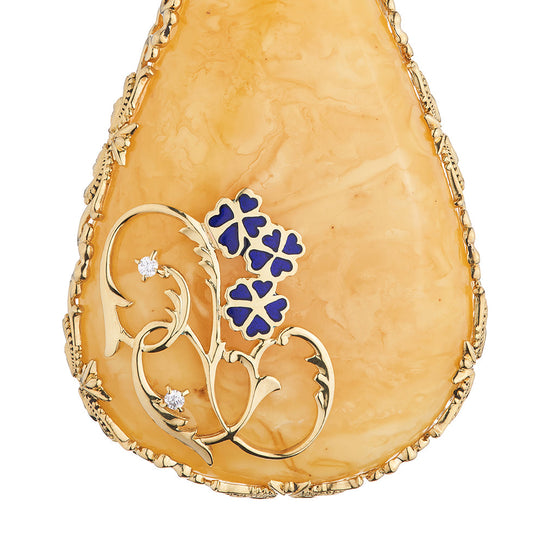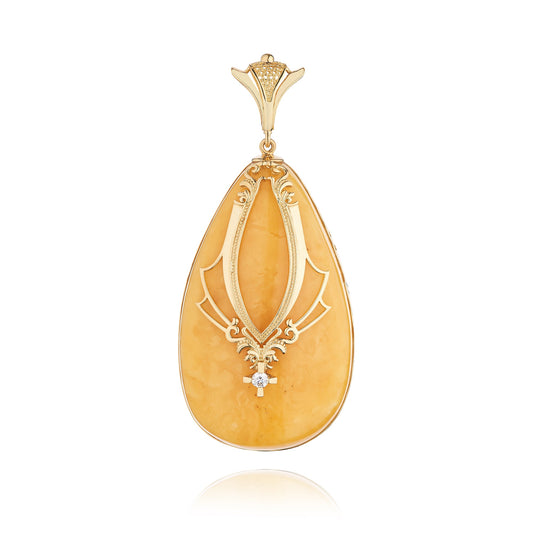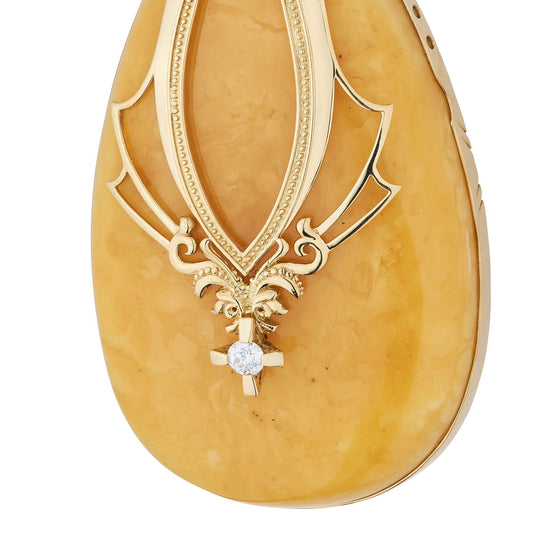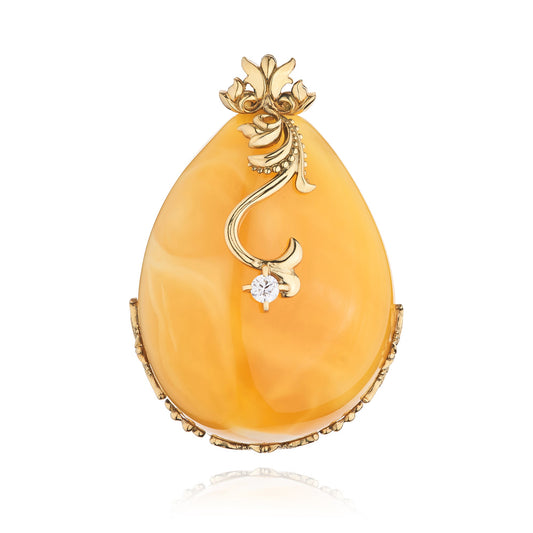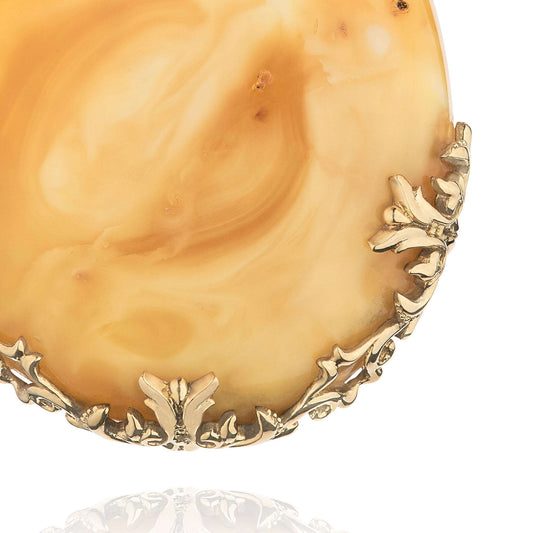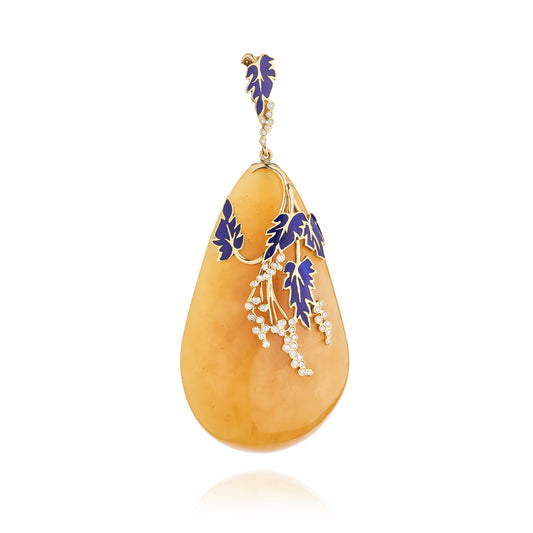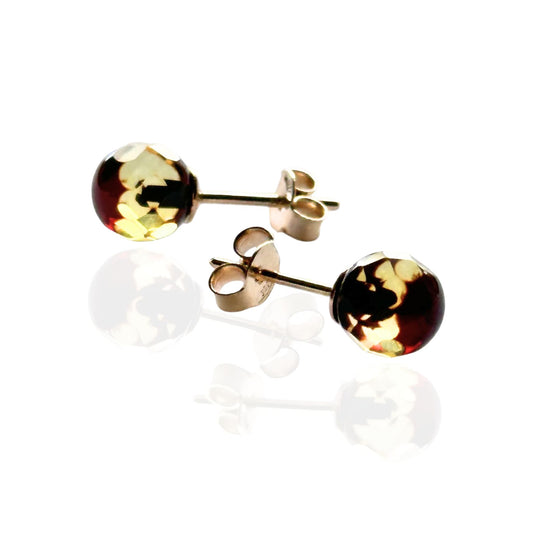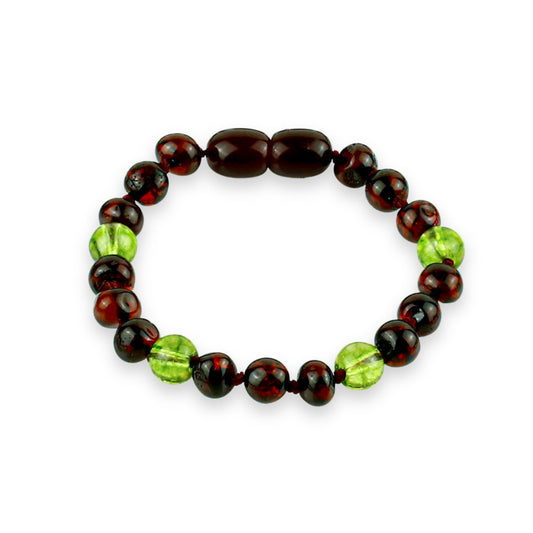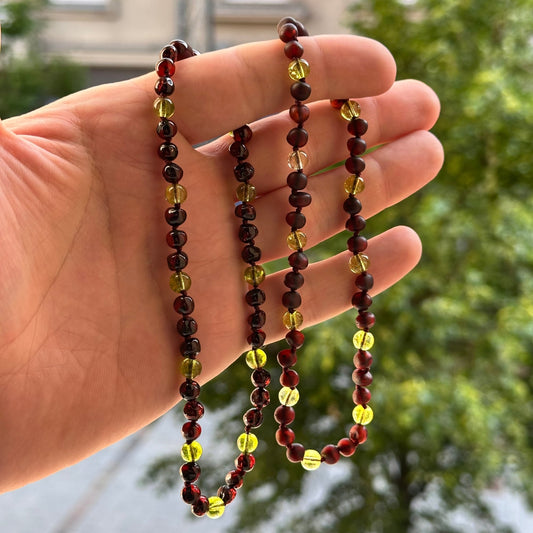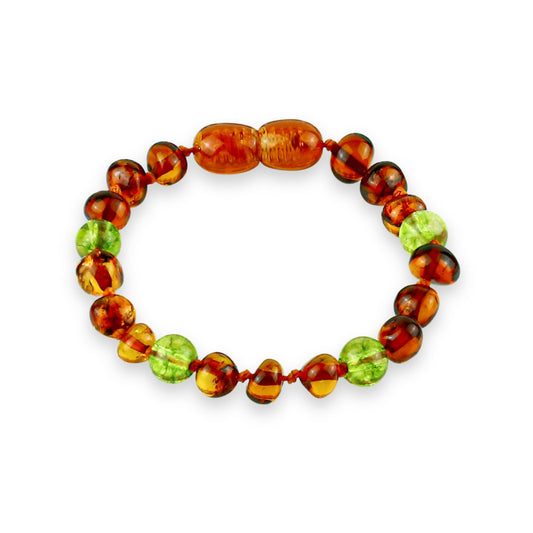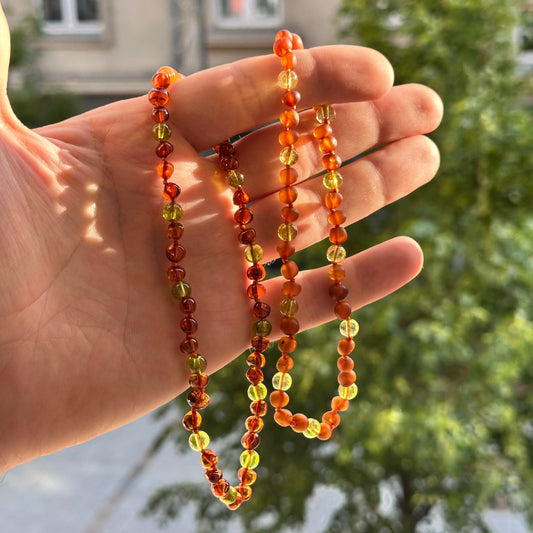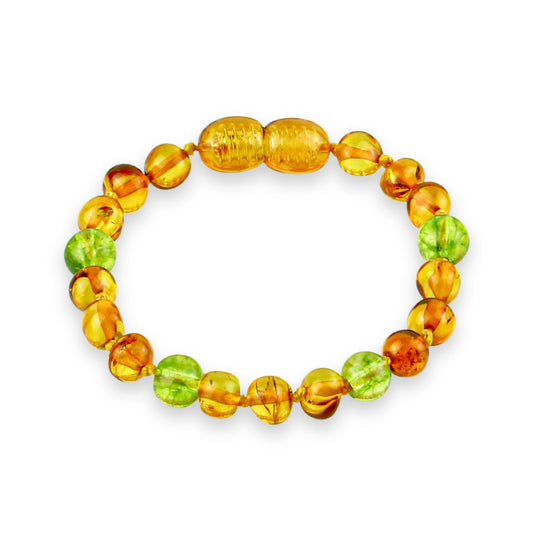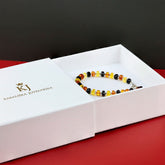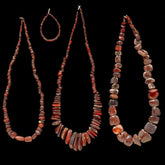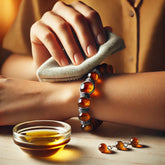About Baltic Amber
Baltic Amber (Succinite) and its history
Amber is a mineral of organic origin. More than 200 types of amber are known in the world and new ones are being discovered every year. A variety of amber is found on all continents except Antarctica. Only a few of their species are of economic importance. One of them is Baltic amber. To find out how Baltic amber (succinite) was formed, we have to travel back to the Eocene epoch - about 50 million years back to the southern regions of present-day Scandinavia, near the Baltic Sea. In this region, majestic conifers grew, and as the climate warmed, the conifers began to secrete a sticky substance, he said. Insects, flies, and mosquitoes often got stuck in sticky saks, which still adorn exclusive amber products to this day. Due to the warm climate that prevailed at the time, the sap began to evaporate rapidly, hardened and formed into the amber we know today. Baltic amber accounts for over 80% of the total amount of amber found in the world, which is why it is one of the most popular and favorite types of amber in the world. Baltic amber deposits are scattered around the Baltic Sea - they are found in Lithuania, Latvia, Poland, Germany, Sweden, Krasnodar, Belarus and Ukraine. Amber is usually found 3-20 meters underground. Often, after stormy days, amber raised from the turbid seabed can also be found on the shores of the Baltic Sea. Baltic amber contains about 3-7% succinic acid. Amber or succinic acid is also used in medicine, cosmetics and construction.
Amber products - how are they made?
Even today, in the age of modern technology, the majority of amber products are handmade. When processing raw amber, great care, attention and high-quality work of the craftsman are necessary. Otherwise, the amber is simply damaged and its value falls irreparably.
MAIN PROCESSES OF PROCESSING
Amber raw material washing, peeling, sorting
Amber raw material is washed in water and poured into vibrating hoppers together with abrasive powder and water. As the pieces of amber vibrate and move, they cause friction between them. In this way, the dirty surface or "bark" of the amber is cleaned. After this process, the color and quality of the amber can be seen better. The next process is sorting. Amber pieces are sorted by size, shape, color and quality. Looking for inclusions inside the amber (mosquitoes, flies, insects). Amber Strengthening An autoclave is used to strengthen fragile amber. It is a pressure device in which raw amber is strengthened using high pressure and temperature. At high temperature and with the help of high pressure, the micro-cracks in the amber coalesce. After this process, the shape of the amber does not change, it remains the same. This process is usually only done on clear colored amber. Also, an autoclave can be used for the amber heating/burning process.
Cutting, trimming, shaping
Sorted pieces of amber are cut or cut into primary shapes - cubes, ovals, cylinders, spheres. These blanks are sorted for the next stage - precise grinding and shaping. Each shape and size uses a different, diverse machine tool.
Drilling
Depending on the design of the product, the amber parts are drilled before or after the precise production of the workpiece. Some of the amber is drilled by hand, some using precision machines.
Heating
To obtain a darker shade of amber, heating the amber is unavoidable. Amber parts are heated in industrial chambers without the use of any additional components. By carefully monitoring the heating process, the surface of the amber darkens evenly. The heating temperature is not high, so the amber does not melt and deformations are avoided. In case of large temperature changes, the amber cracks inside, the surface begins to "wrinkle". A careful firing process produces beautiful and rich colors. The color of unburnt clear amber is slightly yellowish, honey or greenish if the amber has earth trapped inside. White amber is not burned, due to its rarity.
Polishing - Polishing
Various polishing pastes are usually used for ironing, polishing and polishing amber, as well as ceramics, glass, and wood. Amber blanks are placed in rotating containers, together with ironing/polishing/polishing with components. Ceramics are used to smooth the rough surface of amber, which is created by grinding and shaping the amber blank. Glass balls are used for the initial polishing stage. The amber surface becomes smooth and shiny. Wood cubes together with polishing paste are used for the final polishing step.
Collection
The prepared amber parts go to the last stage - assembly. According to the individual needs of the customers, amber parts are sorted into sizes, shapes, colors, quality and assembled, threaded, braided or inserted into precious metal components.
PRESSED AMBER AND AMBER IMITATIONS (you won't find it here!)
Pressed amber - pieces of amber pressed at high temperature and under high pressure. Under high temperature and pressure, pieces of amber melt and bond with each other. In this way, one compressed amber block or parts from individual pieces of amber are obtained. Pressing is usually used to produce larger sized products using finer fraction amber. Amber scraps left over from the amber processing processes are also pressed. Amber imitations - in most cases, imitations are made of epoxy resin, using a little bit of amber or amber dust. Our company believes that pressed/melted amber loses its value. We liken it to spoiling amber to save production costs.
HOW IS PRESSED AMBER DIFFERENT FROM HEATED AMBER?
Heating is used only to darken the shade of the amber surface. In the pressing process, several pieces of amber are fused into one. DOES HEATED AMBER LOSE ITS PROPERTIES? No. During the heating process, the maintained temperature does not reach the melting temperature, so the properties of amber remain the same. Succinic acid remains.
Have more questions? Contact us at klauskite@karaliskajuvelyrika.lt
